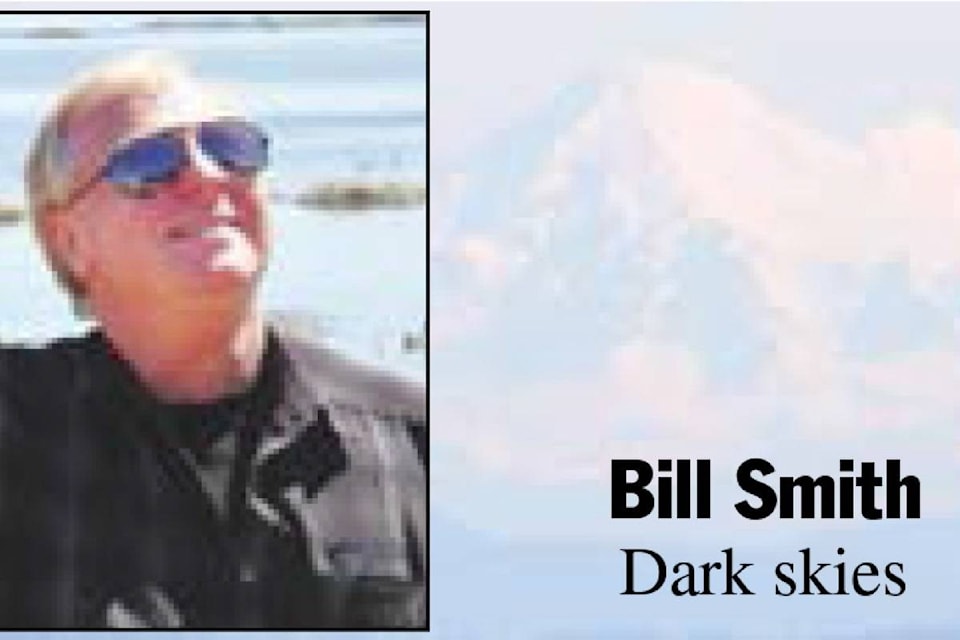What’s Up for September 2018? Set your sights beyond the solar system, and take a late summertime road-trip along the Milky Way.
The waning days of summer are upon us, and the sun sets earlier, revealing the starry sky bisected by the Milky Way. While waiting for the Milky Way, check out 2018’s outstanding views of the planets!
You’ll have to look quickly after sunset to catch Venus before she sinks in the West below the Metchosin Hills. And through binoculars or a telescope, you’ll see Venus’s phase change dramatically during September - from nearly half phase to a larger thinner crescent! Jupiter, Saturn and Mars continue their brilliant appearances this month. Look southwest after sunset over Port Angeles. Best view is from the short drive inside Oak Bay to the top of Mount Tolmie.
Use the summer constellations help you trace the Milky Way. Sagittarius: where stars and some brighter clumps appear as steam from the teapot. Aquila: where the Eagle’s bright Star Altair, combined with Cygnus’s Deneb, and Lyra’s Vega mark the Summer Triangle. Cassiopeia, the familiar “w”- shaped constellation completes the constellation trail through the Summer Milky Way. Binoculars will reveal double stars, clusters and nebulae.
Between September 12th and the 20th, watch the moon pass from near Venus, above Jupiter, to the left of Saturn and finally above Mars! Both Neptune and brighter Uranus can be spotted with some help from a telescope this month. Look at about 1:00 a.m. local time or later in the southeastern sky over Seattle. You can find Mercury just above Earth’s eastern horizon over Mount Baker shortly before sunrise. Use the moon as your guide on September 7 and 8th.
And although there are no major meteor showers in September, cometary dust appears in another late summer sight, the morning Zodiacal light. Try looking for it in the east on moonless mornings very close to sunrise.
You can catch up on all of NASA’s current-and future-missions at www.nasa.gov.
Summary is from the transcript of “What’s Up in September 2018” by NASA announcer and astronomer Jane Houston Jones with specific permission for localization to Cattle Point Dark Sky Urban Star Park and the Oak Bay News.
